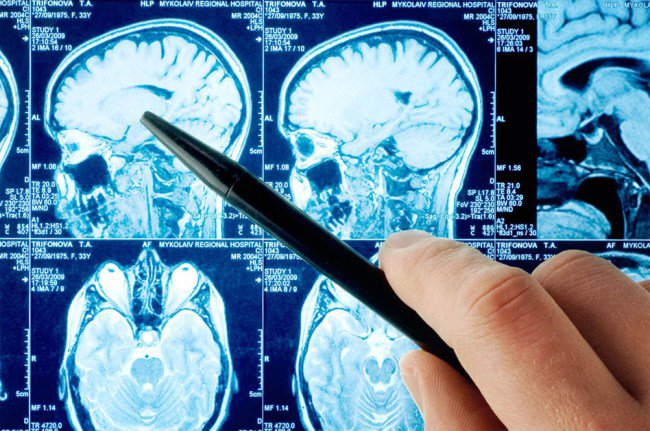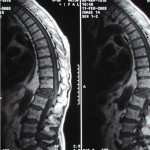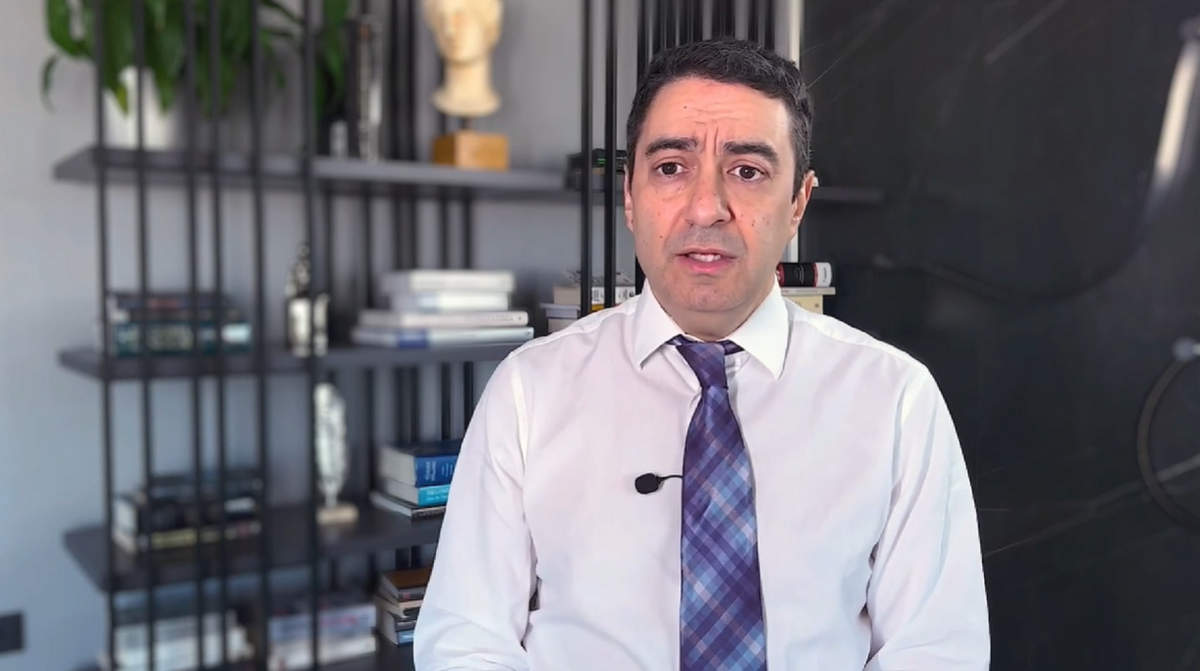Tumours of the spine, spinal cord and nerves
The symptoms of these tumours are mainly neurological. They include pain, weakness, loss of sensation, numbness, difficulty walking, paralysis, loss of bladder and bowel control, i.e. urinary and faecal incontinence.
Diagnostic Tests
An MRI scan of the spine is almost always required for diagnosis. CT scans usually give insufficient information. The position of the tumour, how much it presses on the sensitive nerve structures (medulla and nerves) and their vascularisation is important. Sometimes even benign tumours can have dramatic consequences because of the limited space available for nerves and their vessels, and because chronic compression can cause irreversible damage to nerve tissue, even after the tumour has been decompressed/removed.
Treatment
The definitive treatment is surgical removal of the tumours, which is usually possible with the appropriate surgical approach. A bigger problem is when the tumour is intramedullary (i.e. it is located in the spinal cord) and cannot be clearly distinguished from normal tissue. The use of a surgical microscope is necessary in these tumours. When the tumour is not clearly distinguishable from normal tissue, or when it shares a common vasculature, then part of it may be left to cause neurological deterioration. During the operation, in addition to the microscope, we also use neuromonitoring, which means that we monitor nerve function in real time to make sure that our manipulations do not damage the nerve tissue. Our goal is always to ensure the best possible quality of life and functionality for our patients.







